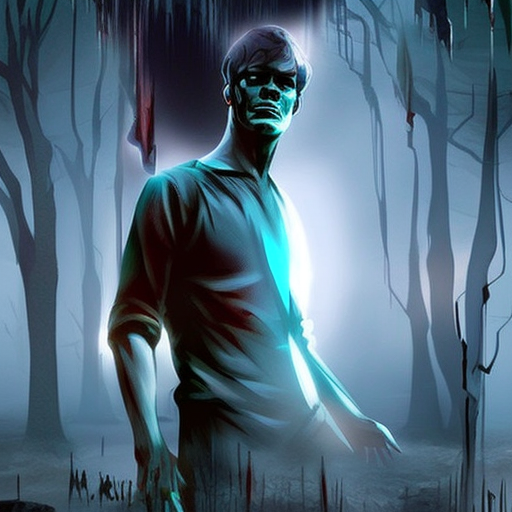One-line summary: In “Dexter in the Dark,” the third installment of Jeff Lindsay’s Dexter series, our favorite blood-spatter analyst turned vigilante serial killer faces a new and terrifying enemy that threatens to unravel his carefully constructed life.
Dexter’s Dark Passenger Returns
After successfully evading suspicion and satisfying his “Dark Passenger” for years, Dexter Morgan finds himself facing an unexpected crisis. His Dark Passenger, the insatiable urge to kill, has inexplicably vanished. Struggling to understand this sudden change, Dexter is thrust into a world of uncertainty and vulnerability. As he tries to maintain his facade of normalcy, he is forced to confront the possibility that he may not be the monster he once believed himself to be.
A Supernatural Twist
As Dexter grapples with the absence of his Dark Passenger, a new threat emerges in Miami. A series of gruesome murders, seemingly committed by supernatural forces, shocks the city. The killer’s signature is a pentagram left at each crime scene, leading the police to believe they are dealing with a cult. However, Dexter suspects there is more to these killings than meets the eye.
The Origins of the Dark Passenger
Desperate for answers, Dexter delves into his own past, seeking to uncover the origins of his Dark Passenger. Through a series of disturbing revelations, he discovers that his Dark Passenger may not be a mere psychological construct but something far more ancient and sinister. As he uncovers the truth, Dexter must confront his own identity and come to terms with the possibility that he may be more than just a serial killer.
In “Dexter in the Dark,” Jeff Lindsay takes readers on a thrilling journey that combines elements of crime fiction, horror, and the supernatural. Lindsay’s writing is as sharp and darkly humorous as ever, keeping readers on the edge of their seats as they follow Dexter’s quest for answers.
Throughout the novel, Lindsay explores the themes of identity, morality, and the nature of evil. Dexter’s struggle with the absence of his Dark Passenger forces him to question his own humanity and confront the possibility that he may be capable of change. Lindsay skillfully weaves together the supernatural elements of the story with Dexter’s internal turmoil, creating a compelling narrative that keeps readers guessing until the very end.
Key takeaways:
- Dexter’s Dark Passenger, the insatiable urge to kill, mysteriously disappears, leaving him vulnerable and questioning his identity.
- A series of supernatural murders in Miami forces Dexter to confront the possibility that his Dark Passenger may be more than just a psychological construct.
- Lindsay explores themes of identity, morality, and the nature of evil, challenging readers to question their own understanding of what it means to be human.
“The Dark Passenger is a part of me, and I am a part of it. And I will never be alone again.”
In conclusion, “Dexter in the Dark” takes readers on a thrilling and thought-provoking journey as Dexter Morgan grapples with the disappearance of his Dark Passenger and the emergence of a supernatural threat. With its blend of crime fiction, horror, and the supernatural, Jeff Lindsay delivers another gripping installment in the Dexter series that will leave readers eagerly reaching for the next book.












